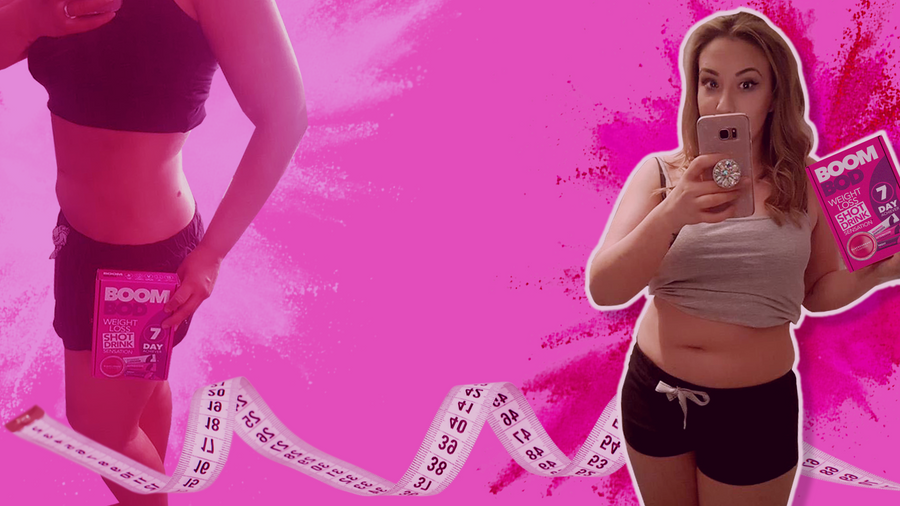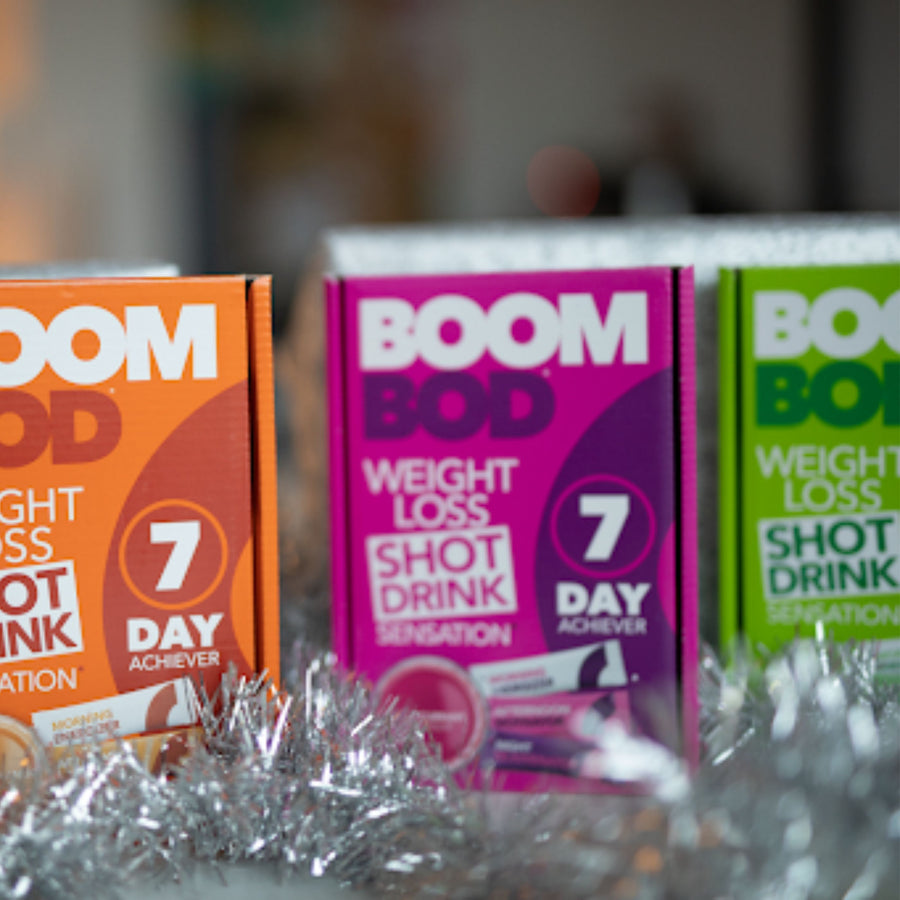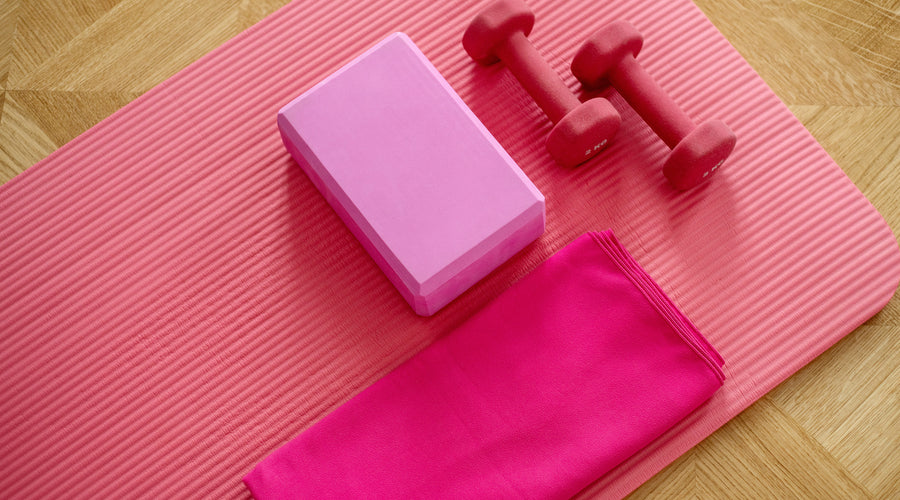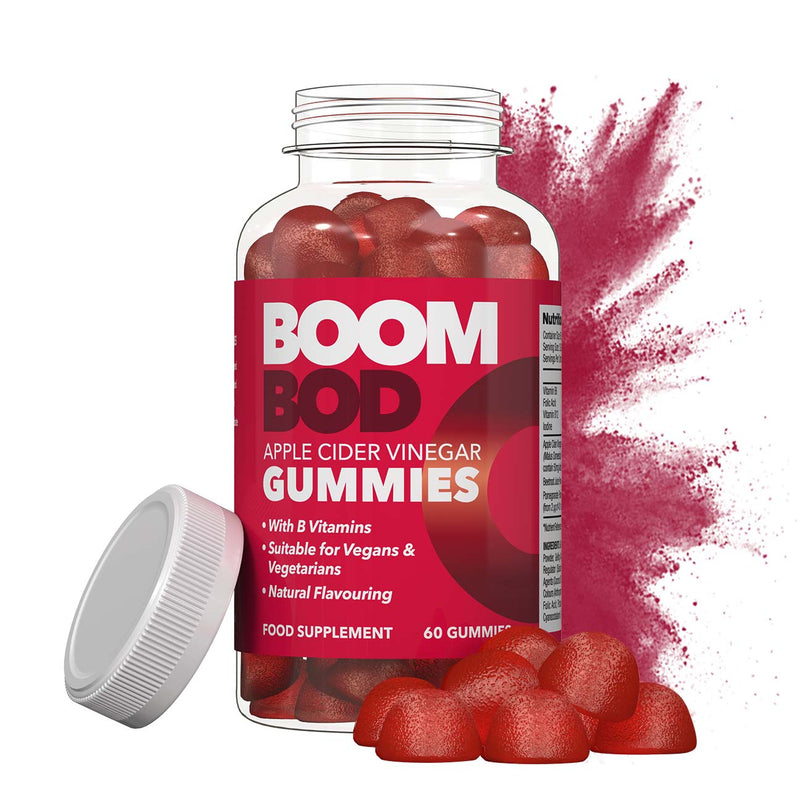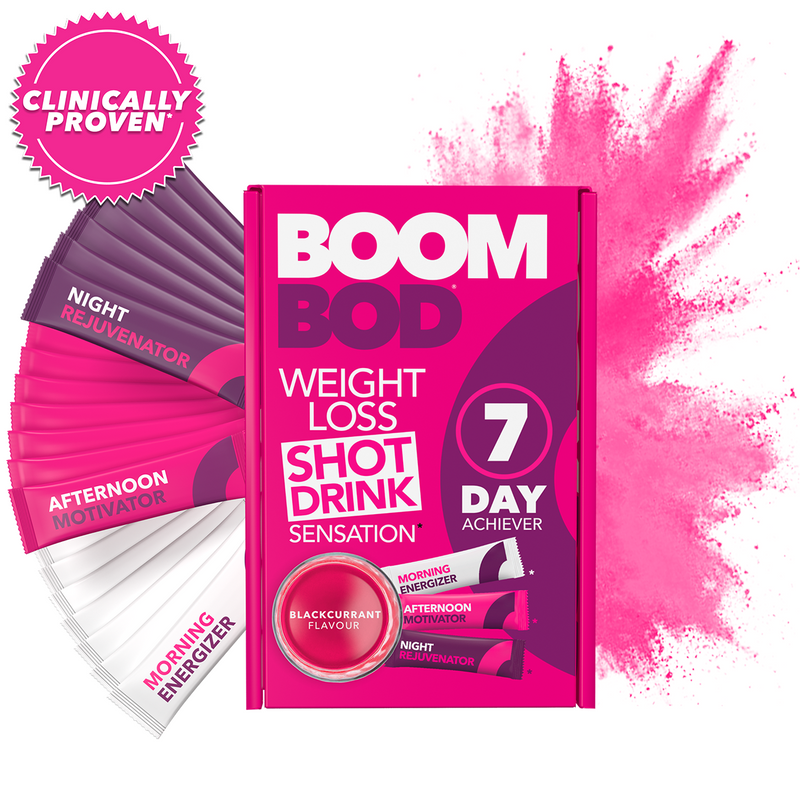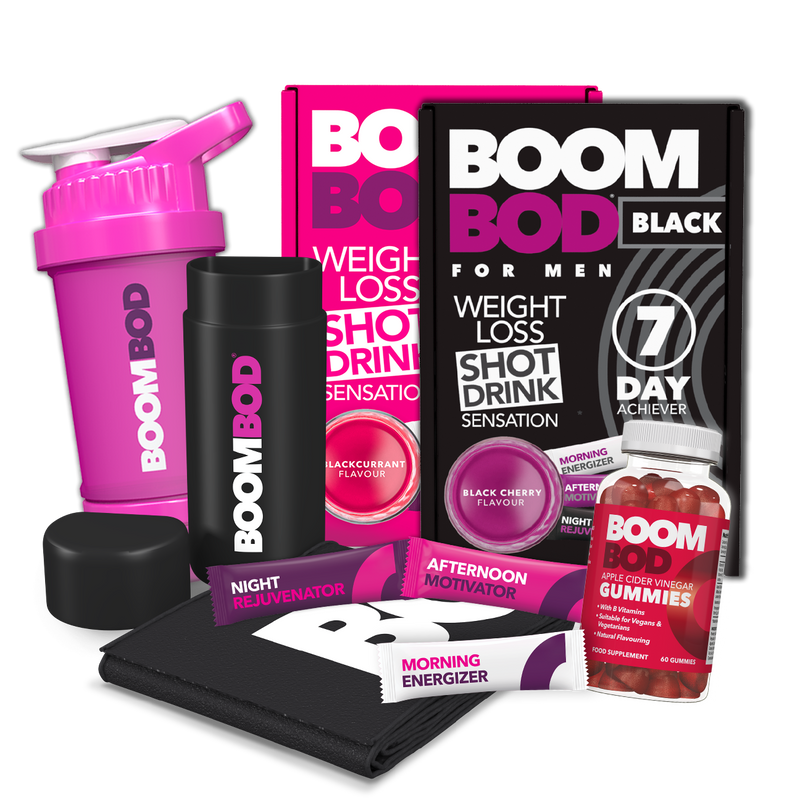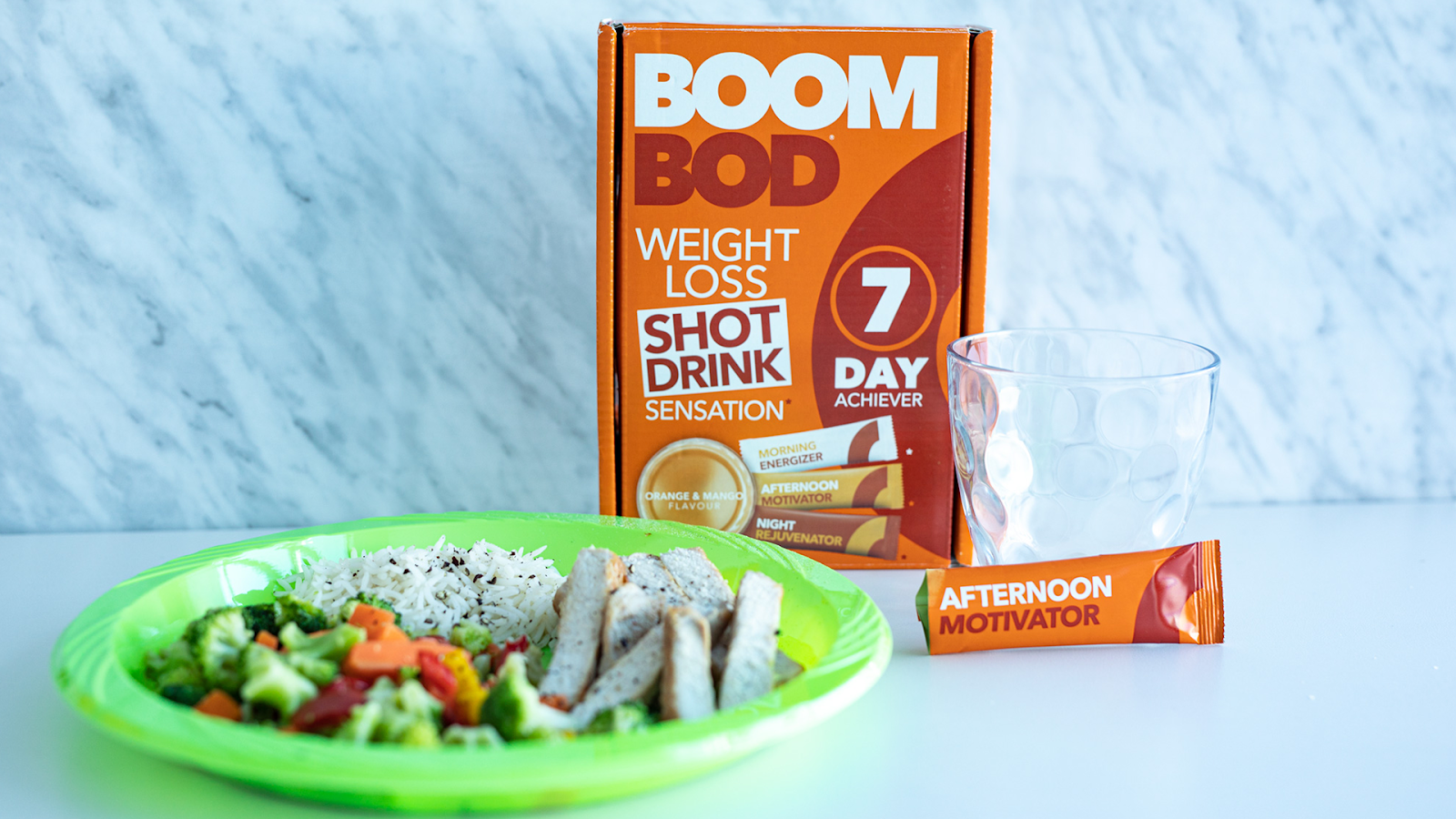
Portion Probs

Posted by Danielle on
Portion control is HARD! Is protein supposed to be the size of your palm? Or is that how many veggies you’re supposed to have? The first challenge is knowing what your portion sizes ARE! Everyone varies a bit in terms of what their body needs for nutrients. It sounds like a lot to stay on top of, doesn’t it? LUCKILY there are tons of tips and tricks out there to help with portion control and we’ve got some of our favourites below👇
Ensuring your portioning properly not only aids in weight loss and maintenance, but can also ensure your body is getting the right nutrients and vitamins during the day. While it isn’t necessary to track all of your food intake daily, when you DO start tracking your meals and portions - you might start to notice you are overeating in one area, and lacking nutrients in another - such as overeating carbs and under eating protein. For information on making healthier choices, check out the British Nutrition Foundation’s Eat Well Guide. If you are concerned about your portions, tracking is a great way to keep things in check and keep you on track. One of our fav meal tracker apps is MyFitnessPal.
Veggies

Based on The Eatwell Guide everyone should have at least 5 portions of a variety of fruit and vegetables every day. Fruit and vegetables should make up just over a third of what we eat each day. A standard rule of thumb: a portion of vegetables is approx 80g (just under ⅔ of a cup). An example of this would be cooked or frozen veggies/beans/peas. A portion for leafy vegetables, such as lettuce and spinach is approx 1 dessert bowl.
Protein + Fats

According to the British Nutrition Foundation the recommended intake of protein each day equates to approximately 56g/day (for women) and 45g/day (for men) aged 19-50 years, respectively. However, the current average daily intake of protein in the UK is 88g for men and 64g for women, which is more than sufficient -- and that’s where Boombod comes in! Protein includes things like meat, poultry, fish, eggs, dairy, tofu, beans and legumes. The serving sizes for each food you’re eating for protein can vary based on the type of protein, but you can see a detailed portion list here!
A portion for high-fat foods, such as oils, butter and spreads, should amount to approximately 1 teaspoon.
Grains & Carbs

Starchy food such as whole grains, breads, pasta and starchy vegetables should make up just over ⅓ of what we eat. Some say that 3-4 servings per day of grains is ideal, however this amount would differ significantly if you were following a low carb or keto diet. It very much depends on your diet and personal goals, but an example of a serving of grains would be 1 piece of bread or ½ a cup of rice cooked.
The Eatwell guide also recommends 2-3 servings of dairy and alternatives.
SO… after reading this if you feel like your portions have gotten completely out of control...the issue isn’t totally your fault! Confusing packaging and nutritional info can make it complicated to work out how much of a bag of chips for example is “one serving”. Additionally, restaurants offering free bread and snacks before your main meal can quickly result in overeating and consumption of toooo many calories 🥖 Before you know it you’ve eaten twice as much as you had planned to! There are some SUPER simple tricks you can use to help with resetting and controlling your portions:
- Use a salad plate instead of a dinner plate and pack the other portion up for lunch tomorrow! You’d be surprised how much of a difference it can make.
- Use your hand as a serving guide when a measuring cup isn’t close by!
- Take Boombod 30 minutes before meals, follow with a glass of water - then eat a smaller, healthy balanced (and properly portioned) meal 30 minutes later.
- Try not to eat in front of the TV!
- Don’t snack right out of the bag! Portion your snacks using a small bowl to better track how much you’re actually eating.
- Use a portion control plate with divided sections already sized for protein, veggies and grains!

Whether you’re trying to lose weight or just maintain your weight - knowing what your proper portion sizes are and keeping an eye on them will definitely help keep your weight in check. Follow the tips and tricks above and you’ll be surprised how such a small change can make a BIG difference when it comes to your body composition! To help reduce your cravings and reduce the chances of snacking, take the Boombod 7 Day Challenge NOW!💥
*This article is for information only and should not be used for the diagnosis, or treatment of medical conditions. The contents of this blog post are not meant to substitute medical or dietary advice. The amounts provided above are based on suggested serving sizes from sources linked in the blog post. For specific advice on portions and nutrition it is recommended you speak with your GP or a Registered Dietician.
*Information from this blog was derived from the British Nutrition Foundations website, and other sources linked above
Resources:
Andrews, MS, RD, R., & St. Pierre, MS, RD, CSCS, B. (2020). Forget calorie counting: Try this calorie control guide for men and women | Precision Nutrition. Retrieved 23 January 2020, from https://www.precisionnutrition.com/calorie-control-guide
5 A Day portion sizes. (2020). Retrieved 23 January 2020, from https://www.nhs.uk/live-well/eat-well/5-a-day-portion-sizes/
Fruits and vegetables. (2020). Retrieved 23 January 2020, from https://www.nutrition.org.uk/healthyliving/healthydiet/fruit-and-vegetables.html?start=2
Protein. Retrieved 23 January 2020, from https://www.nutrition.org.uk/nutritionscience/nutrients-food-and-ingredients/protein.html?start=2
The Eatwell Guide. (2018). Retrieved 23 January 2020, from https://www.nhs.uk/live-well/eat-well/the-eatwell-guide/
Portion Size. (2019). Retrieved 23 January 2020, from https://www.nutrition.org.uk/attachments/article/1193/Find%20your%20balance_%20full%20portion%20size%20list.pdf
